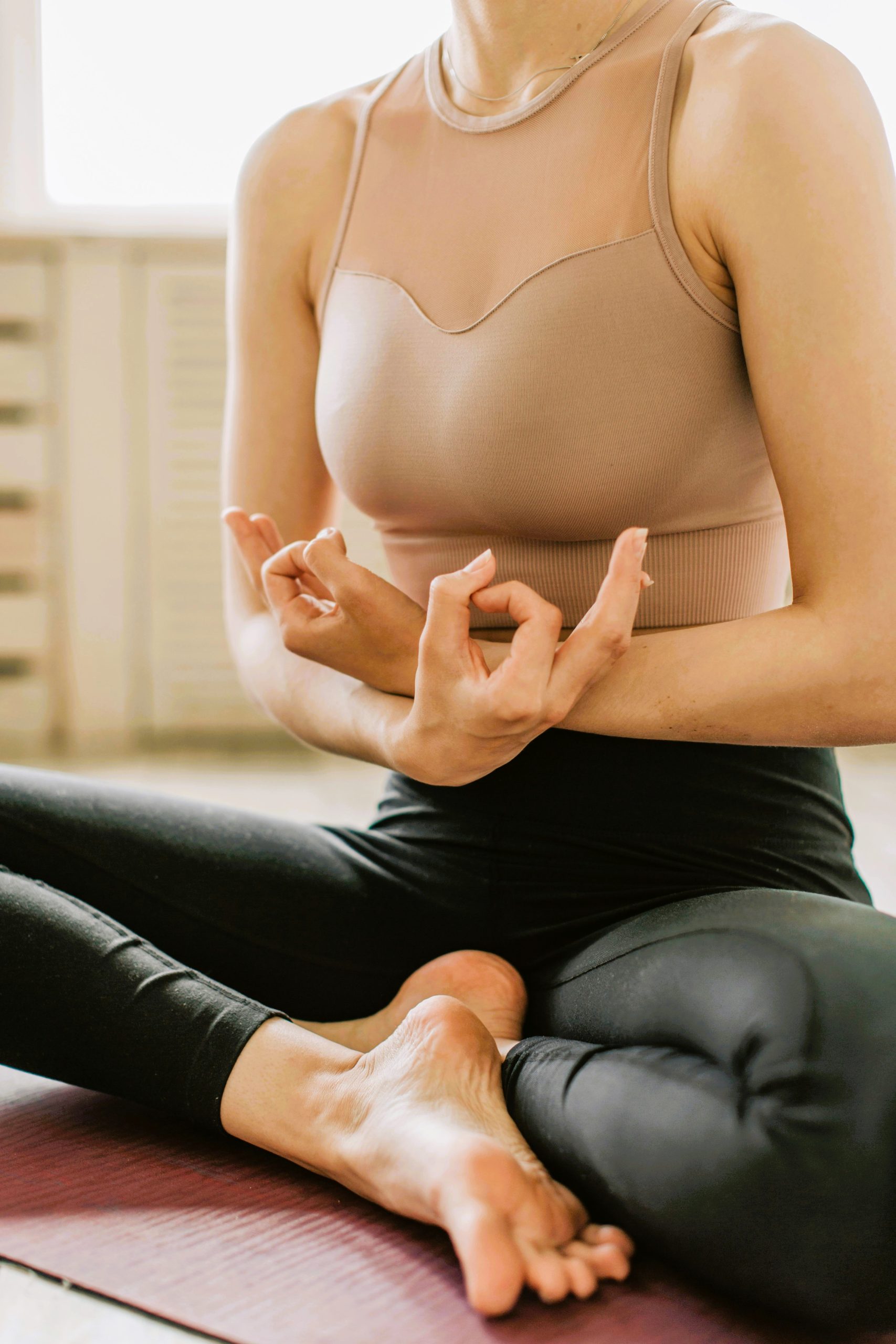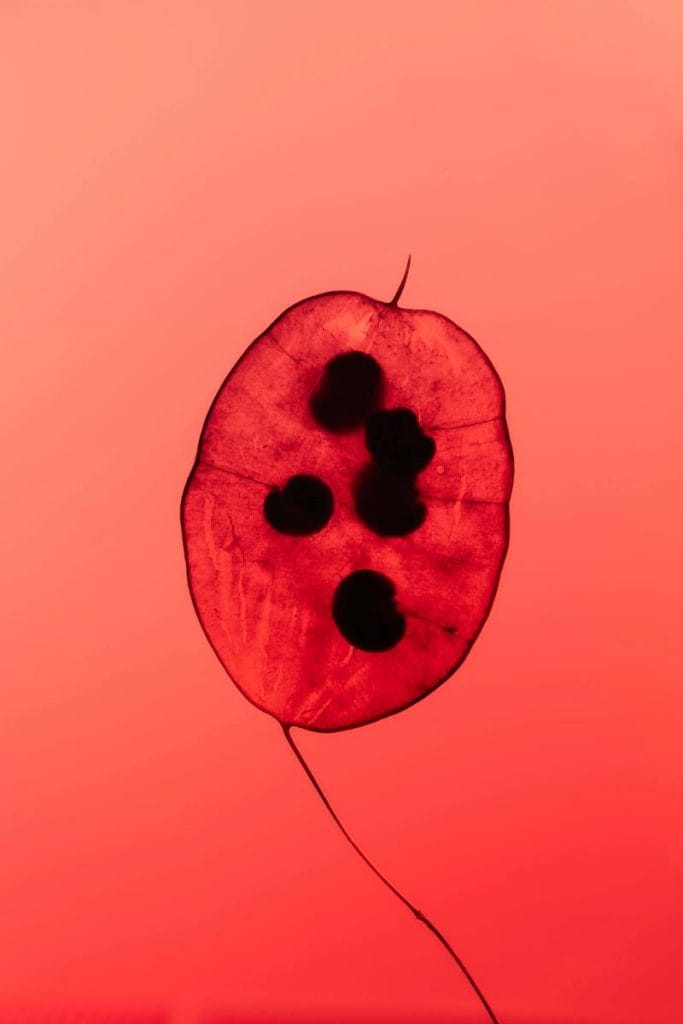Hand Mudras: Ancient Gestures for Modern Wellness
-
Vibrational healing techniques such as sound therapy, mantra chanting, and hand mudras are powerful tools within effective self-healing practices.
Hasta Mudras, the ancient art of hand gestures, offer a vast number of techniques that span across a few categories, each serving unique purposes in promoting physical, mental, and spiritual well-being. With approximately 400 distinct mudra gestures, practitioners have several options to explore, each with its significance and application.
Types of Mudras
Postural Mudras (Kaya)
Among the most intricate and sophisticated mudras, postural mudras involve the alignment and positioning of the entire body to facilitate the flow of energy to specific chakras. These gestures require profound concentration and are often integrated into practices such as yoga asana, where they complement physical postures to deepen the practitioner’s connection with their inner self.
Head Mudras (Mana)
Head mudras focus on stimulating the sensory organs—eyes, nose, ears, and tongue—to enhance awareness and elevate consciousness. These gestures are particularly beneficial for individuals seeking to sharpen their senses, improve mental clarity, and cultivate mindfulness in their daily lives. Whether incorporated into meditation practices or utilized for therapeutic purposes, head mudras offer a pathway to heightened sensory perception and inner balance.
Hand Mudras (Hasta)
Hand mudras comprise the most diverse and widely practiced category of mudras, involving intricate gestures made with the fingers and palms. These gestures are utilized in various traditional practices, including pranayama, meditation, and healing therapies. From simple hand placements to complex finger configurations, hand mudras offer a versatile toolkit for addressing a wide range of physical, mental, and emotional concerns, from stress relief to immune system support.
Lock Mudras (Bandha)
Lock mudras focus assist with redirecting the flow of energy within the body By engaging specific muscle groups and breath control techniques, lock mudras help unlock dormant energy centers and promote vitality and inner balance. Mudras within this category entail the manipulation of vocal, respiratory, and pelvic energies to secure the flow of prana while awakening the subtle kundalini energy along the spine. These mudras are often integrated into practices such as Hatha yoga, where they complement breath work and physical postures to facilitate a deeper connection with one’s inner self.
Perineal Mudras (Adhara)
Perineal mudras involve subtle movements of the pelvic region to channel energy along the solar channel, also known as the Sushumna Nadi. These gestures play a crucial role in awakening sexual vitality and cultivating a deeper connection with one’s primal energies. While traditionally associated with tantric practices, perineal mudras offer valuable insights into the relationship between sexuality, spirituality, and personal transformation.
-

5 Key Considerations for Effective Hand Mudra Practice
Based on the Vedic principles of the five elements—fire, air, space, earth, and water—hand mudras utilize the natural energies within the human body to bring mind-body connection and balance. Corresponding to these elements, each finger holds symbolic significance, and through targeted gestures, practitioners can align and balance these elemental energies.
- The 5 Elements
Each finger corresponds to one of the five elements. The thumb represents fire (Agni), the index finger symbolizes air (Vayu), the middle finger embodies space (Akasha), the ring finger signifies earth (Prithvi), and the little finger represents water (Jala). Understanding these correlations helps practitioners effectively utilize hand mudras to balance the body’s energies. - Instructions
Every hand mudra has unique instructions that accompany it. These instructions dictate the positioning of the fingers, the duration of practice, and the accompanying breath work. It’s essential to adhere to these guidelines to ensure the effective flow of energy and achieve the desired benefits. For instance, certain mudras may require specific breathing techniques to amplify their effects. - Versatility
The diversity of hand mudras allows for a wide range of applications, from meditation and stress relief to healing and spiritual growth. Experimenting with different mudras enables practitioners to explore various aspects of their physical, mental, and emotional wellness. However, it’s crucial to approach each hasta mudra with intention and mindfulness, understanding its purpose and potential effects. Some mudras are best suited for morning practice, while others may be more beneficial in the evening. - Individual Sensitivity
While hand mudras offer profound benefits, individuals may respond differently to specific gestures based on their unique constitution and energy dynamics. It’s essential to observe how different mudras resonate with your being. Pay attention to any sensations, emotions, or shifts in energy that arise during practice, as these can provide valuable insights into the efficacy of the mudra for your individual needs. Adjustments might be necessary to find the most harmonious practice for your dosha and current state of balance. - Setting Intention
Like any spiritual or healing practice, the efficacy of hand mudras depends significantly on intention and focus. Before engaging in mudra practice, take a moment to set a clear intention or goal for your session. Whether you aim to cultivate inner peace, relieve physical discomfort, or enhance your spiritual routine (daily sadhana), infuse your practice with intention and focus to maximize its transformative potential. This mindful approach ensures that the practice is aligned with your personal goals and enhances its effectiveness.
Incorporating hand mudras into your daily routine can be a powerful way to connect with the elemental energies within you, promoting holistic wellness and spiritual growth. By understanding and respecting the principles behind these ancient gestures, you can harness their full potential to support your journey toward vitality and inner balance.
- The 5 Elements
-
Hand Mudras for the Most Common Ailments
- Anxiety: Ghyan Mudra
- Locked jaw: Akash Mudra
- Mental clarity: Buddhi Mudra, Varun Mudra
- Muscle weakness: Dhyana Mudra
- Restlessness: Vaayu Mudra
- Thyroid problem: Granthita Mudra
- Weak bones: Akash Mudra, Shunya Mudra
- Headaches: Kalesvara Mudra
- Sleep-related issues: Praana Mudra
-
Hand Mudras for Chakra Healing
Exploring the seven chakras through hand mudras offers a powerful way to balance and energize these vital energy centers.
Each of these hand mudras aligns with the specific energies of the seven chakras, offering a simple yet effective practice for personal growth and spiritual well-being.
- For the Root Chakra (Muladhara), the Gyan Mudra is recommended. To perform this mudra, touch the tip of your thumb to the tip of your index finger while keeping the other fingers extended. This gesture promotes grounding and stability, helping to connect with the Earth’s energy and foster a sense of security.
- Shakti Mudra, a symbolic hand gesture, is a powerful way to connect with the energy of the sacral chakra (Swadhisthana), the center of creativity and expression. To perform Shakti Mudra, bring the ring and little fingers together while folding the thumbs inside the palms, keeping the index and middle fingers gently curled. Regular practice can awaken creative energy and deepen your connection to the source of your inner joy.
- For the Solar Plexus Chakra (Manipura), the Rudra Mudra is ideal. To perform this mudra, bring the tips of your index and ring fingers to touch the tip of your thumb, keeping the other fingers extended. This mudra strengthens personal power, confidence, and digestive health, helping to ignite the inner fire and assertiveness.
- To balance the Heart Chakra (Anahata), try the Lotus Mudra. Bring your hands together at the center of your chest with your palms facing each other and fingers spread outward to form the shape of a blooming lotus. This mudra encourages love, compassion, and emotional healing, opening the heart to both give and receive affection.
- Granthita Mudra, the “knot-breaking gesture,” unravels blockages in the throat chakra, aligning with Mercury’s energy of communication. By intertwining your fingers and touching your thumbs together, this mudra symbolizes untangling the knots that stifle self-expression. It’s like loosening a tightly wound thread, allowing your voice to flow freely and authentically.
- At the Third Eye Chakra (Ajna), use the Kalesvara Mudra. To perform Kalesvara Mudra, curl all your fingers inward, allowing the first joints and nails to meet, forming a heart-like shape. Next, extend your middle fingers and gently touch their tips together, creating a focused and balanced gesture.
- Mahamayuri Mudra, the “gesture of the great peacock,” honors the expansive energy of the Crown (Sahasrara) chakra and its connection to Jupiter. This mudra is believed to stimulate the flow of wisdom and clarity. It supports reducing stress while enhancing mental clarity and intuition, making it a powerful practice for inner harmony and focus. To perform Mahamayuri Mudra, interlock the four fingers (index to pinky) of both hands, keeping them tightly closed. Extend both your thumbs and pinky fingers upward, pointing them skyward, while the remaining fingers stay interlocked.



